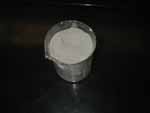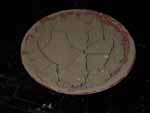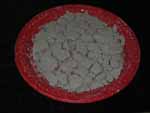How
differently do they hold water? Do you think one of the
clays is more susceptible to landsliding and slope failure?
Answer:
Weathering is the ultimate source for nearly all clay.
The type of clay that forms is a function of what ions
are abundant in the source rock, and the extent to which
those ions are retained in the soil (in an arid climate)
or leached out of the soil (in a warm, humid climate).
With a little water, clay flakes bond strongly and have
considerable cohesive strength. With the addition of a
lot of water, that bond diminishes in strength, and clays
become heavy and weak.
In an arid
climate, with incomplete leaching, K and Mg remain in
the soil. If basic rocks are being weathered, abundant
Mg ions are made available and montmorillonite, a Mg-rich
clay, forms. Montmorillonite (shown on the right in the
third photo above) is a very expansive clay that can absorb
up to 1400 times its own volume of water. However, it
gets very heavy when it is weathered making it most prone
to slope failure.
In a humid
climate, with complete leaching, both K and Mg are removed
from the soil by percolating ground water, and kaolin,
which lacks both K and Mg, forms. Kaolinite clay is shown
on the left in the third photo above.




